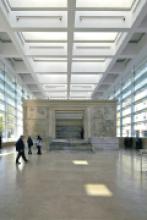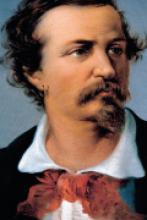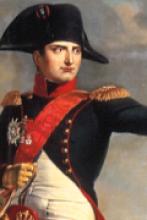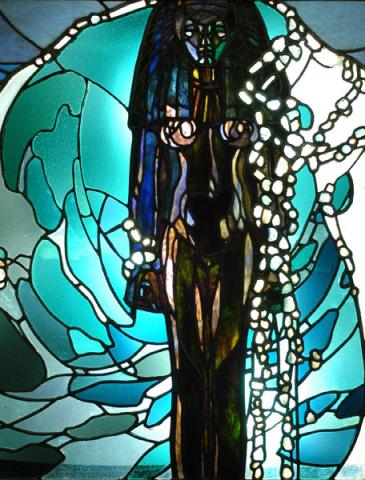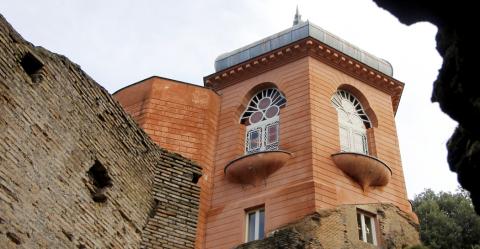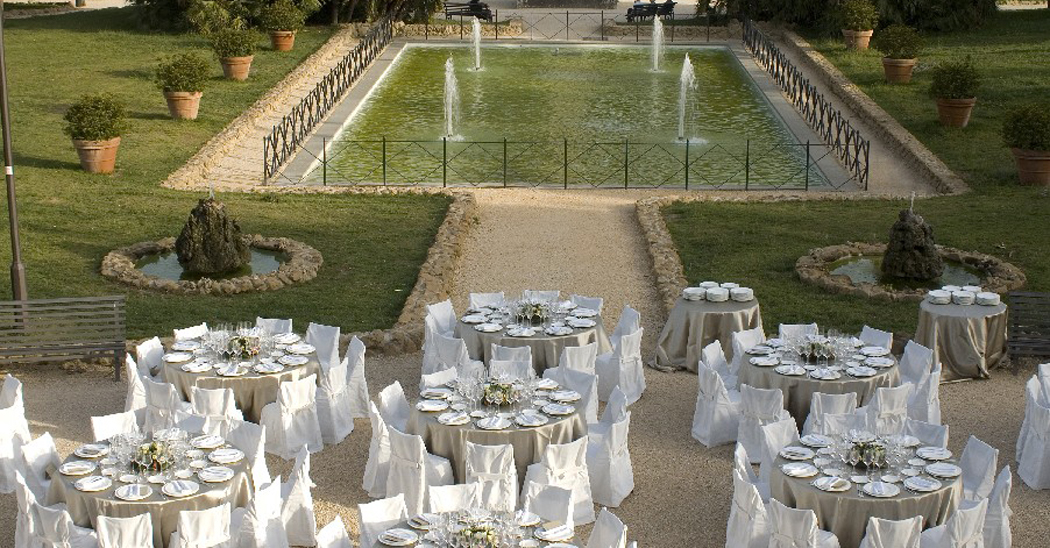The history of the complex
The Grotta, the Serra and the Torre Moresca at Villa Torlonia, built between 1839 and 1840 to a design by Giuseppe Jappelli, must be considered as a set of buildings conceived and constructed in relation to each other, with a unitary project which looks in particular to the picturesque designs of English gardens.
In fact, before being called to Rome by Alessandro Torlonia, Giuseppe Jappelli had worked on Villa Saonara and Villa Treves near Padua, incorporating most of the elements considered constitutive of the English garden: the grotto, the Gothic ruin, the Roman mausoleum, the temple, the hermitage and the Turkish pavilion.


Not all, but a good part of these elements - mixed with others deriving from Ariosto's suggestions, recalled several times in Jappelli's project - can also be found at Villa Torlonia: the tournament field, the Swiss hut, the lake, the grotto, the Moorish buildings.
The whole constitutes a "unicum" in early nineteenth-century Rome, with some precedents in the eighteenth-century projects of Francesco Bettini for the Villa Doria Pamphilj at Porta Pinciana and in those of Asprucci for the Giardino del Lago at Villa Borghese. The English garden, however, even after the positive experiences of Villa Torlonia, remained a limited phenomenon which never really managed to integrate itself into the overbearing Roman culture.





